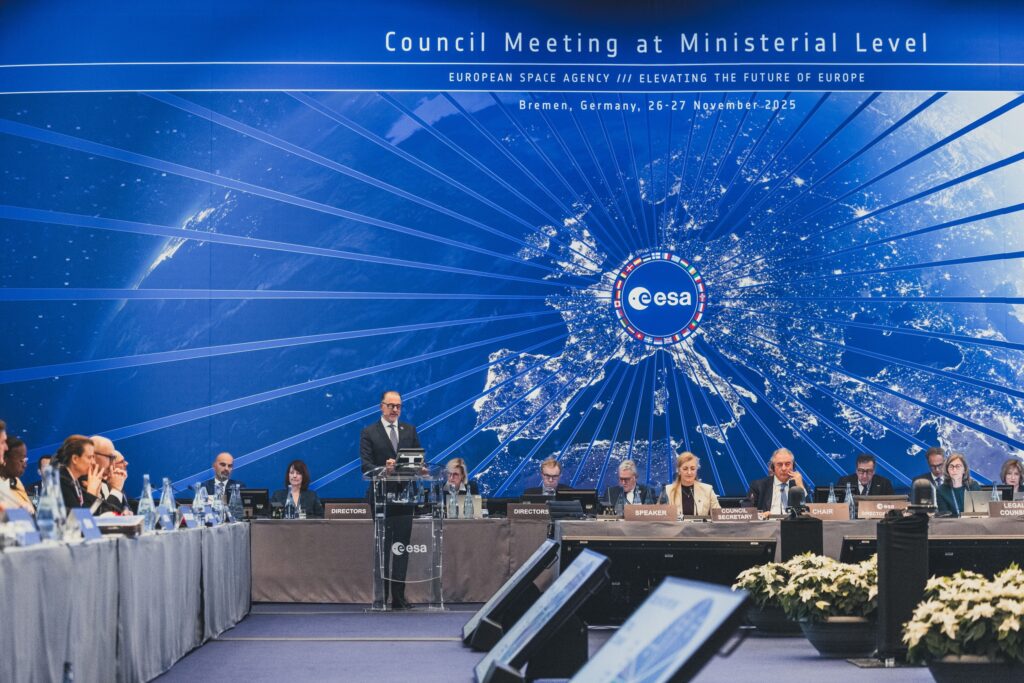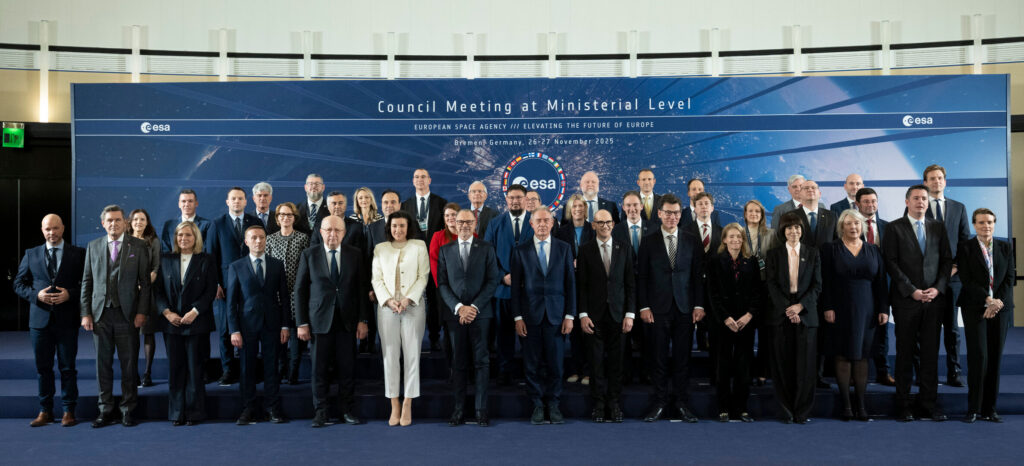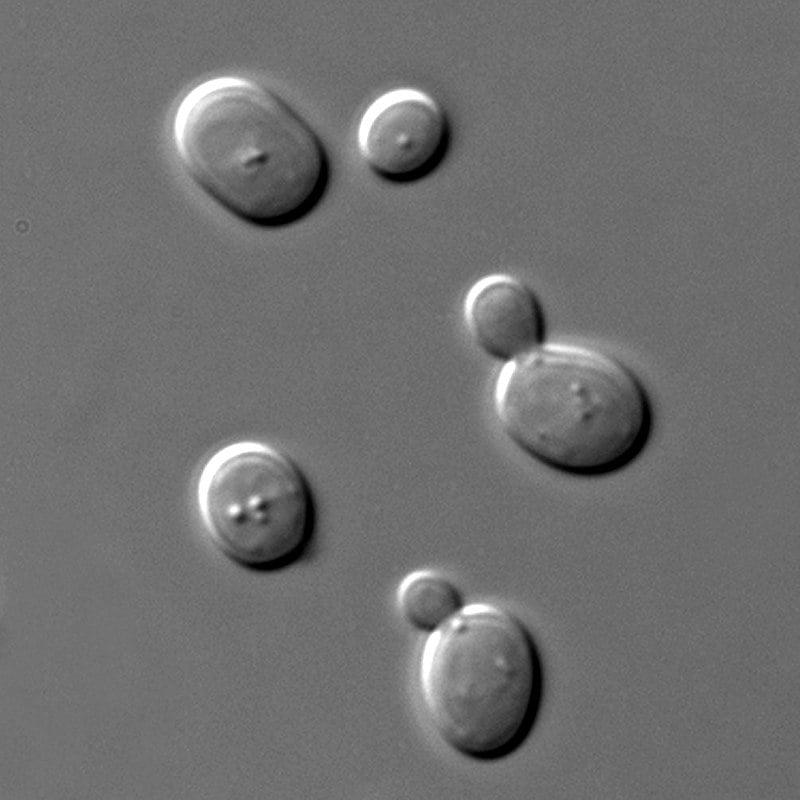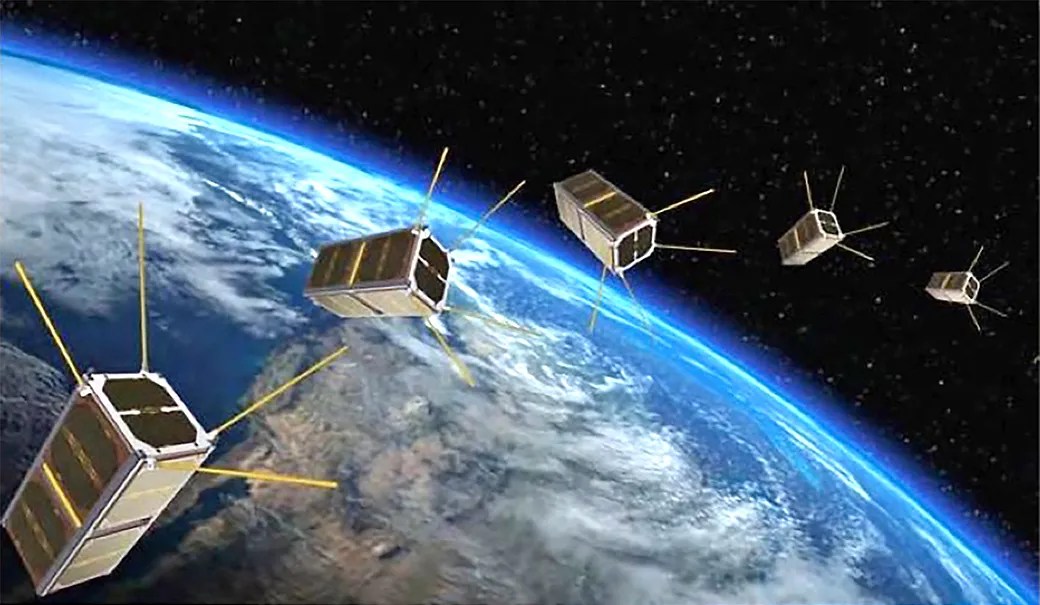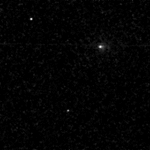Now Reading: Flying through the biggest solar storm ever recorded
-
01
Flying through the biggest solar storm ever recorded
Flying through the biggest solar storm ever recorded
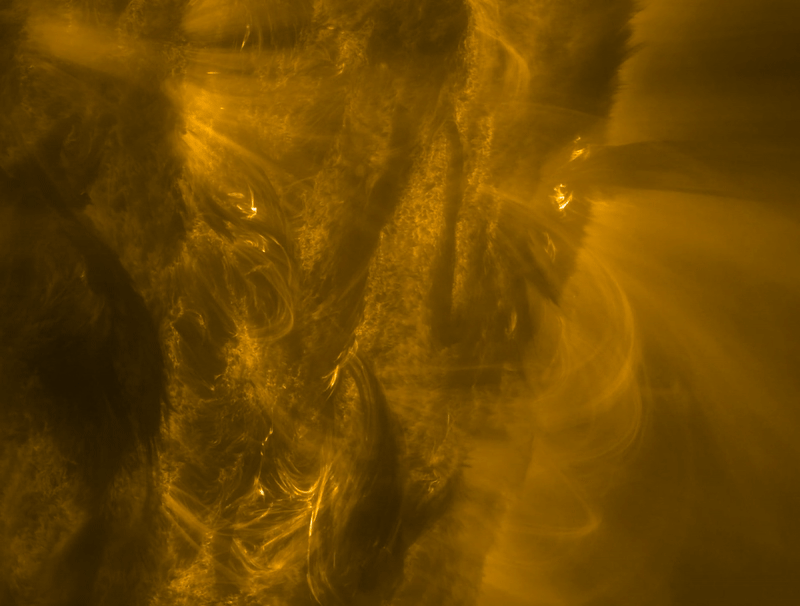

15/10/2025
424 views
15 likes
No communication or navigation, faulty electronics and collision risk. At ESA’s mission control in Darmstadt, teams faced a scenario unlike any before: a solar storm of extreme magnitude. Fortunately, this nightmare unfolded not in reality, but as part of the simulation campaign for Sentinel-1D, pushing the boundaries of spacecraft operations and space weather preparedness.
Before every ESA launch, mission teams undergo a rigorous simulation phase which rehearses the first moments of a satellite in space, while preparing mission control for any anomaly. Since mid-September, teams at ESA’s European Space Operations Centre (ESOC) have been immersed in simulations for Sentinel-1D, scheduled for launch on 4 November 2025.
To model one of the most extreme scenarios, simulation officers drew inspiration from the infamous Carrington event of 1859, the strongest geomagnetic storm ever recorded. The exercise replicated the effects of a catastrophic solar storm on satellite operations to test the team’s ability to respond without satellite navigation and under severe electronic disruption.
“Should such an event occur, there are no good solutions. The goal would be to keep the satellite safe and limit the damage as much as possible,” says Thomas Ormston, Deputy Spacecraft Operations Manager for Sentinel-1D.
This campaign included a rare activation by ESA’s Space Weather Office of its Space Safety Centre, inaugurated in 2022 as part of ESA’s growing commitment to space safety. ESA’s Space Debris Office and the spacecraft operation managers of other ESA Earth-orbiting missions also joined the exercise to enhance realism, simulating cross-mission impacts and coordination.
Getting hit by a rogue wave
The time is 22:20 and everything is going according to plan. After a successful launch and separation, mission control awaits satellite signal acquisition. Minutes later, a noisy transmission reaches mission control. Something is off.
The spacecraft, along with others in orbit, has been hit by a solar flare. Traveling at the speed of light, this electromagnetic wave has reached our planet only eight minutes after erupting from the Sun.
The simulation team has modelled a massive, X45-class flare, with intense X-ray and ultraviolet radiation disrupting radar systems, communications, and tracking data. Galileo and GPS navigation functionalities are now offline, while ground stations, especially in polar regions, have lost tracking capabilities due to peak radiation levels.
Moments later, Earth is hit by a second wave, this time composed of high-energy particles, including protons, electrons, and alpha particles. These particles, accelerated to near-light speeds, have taken 10 to 20 minutes to reach our planet, and are starting to disturb onboard electronics with bit flips and potential permanent failures.
“The solar flare took team members by surprise. But once they regained composure, they knew a countdown had begun. In the next 10 to 18 hours, a coronal mass ejection would strike, and they had to brace for it,” says Gustavo Baldo Carvalho, Lead Simulation Officer of Sentinel-1D.
Riding the CME
15 hours after the solar flare, the third and most destructive phase started: a massive coronal mass ejection – hot plasma of charged particles – traveling at speeds of up to 2000 km/s stroke Earth and triggered a catastrophic geomagnetic storm.
On the ground, beautiful auroras were visible as far south as Sicily while the storm collapsed the electric grid and provoke damaging surges of electrical current in long metallic structures such as power lines and pipelines.
In space, satellites struggled as well. The storm caused Earth’s atmosphere to swell, increasing satellite drag in low-Earth orbit and pushing them out of their usual trajectories. Mission controllers faced multiple collision warnings with space debris and other spacecraft.
“Should such a storm occur, satellite drag could increase by 400% with local peaks in atmospheric density. This not only affects collision risks but also shortens satellite lifetimes due to increased fuel consumption to compensate for the orbit decay,” says Jorge Amaya, Space Weather Modelling Coordinator at ESA.
“An event of such magnitude would severely degrade the quality of conjunction data, making collision predictions increasingly difficult to interpret as probabilities shift rapidly. In this context, decision-making becomes a delicate balance under significant uncertainties, where an avoidance manoeuvre to reduce the risk of one potential collision could slightly increase the risk of another,” explains Jan Siminski, from the ESA Space Debris Office.
Radiation levels also surged, damaging electronics and materials. Single-event upsets became even more frequent, impairing systems and shortening operational life. GNSS signals degraded further, star trackers went blind and battery charging events added to the chaos.
“The immense flow of energy ejected by the Sun may cause damage to all our satellites in orbit. Satellites in low-Earth orbit are typically better protected by our atmosphere and our magnetic field from space hazards, but an explosion of the magnitude of the Carrington event would leave no spacecraft safe,” says Jorge.
Training for the ‘Big One’
“This exercise has been an opportunity to expand a simulation training campaign and involve many other stakeholders across ESOC, covering all types of missions and operational parties. Conducing it in a controlled environment gave us valuable insights into how we could better plan, approach and react when such an event occurs. The key takeaway is that it’s not a question of if this will happen but when,” says Gustavo.
ESA’s Space Safety Centre played a central role in the exercise and is a key asset in Europe’s preparedness for extreme solar storms. The simulation will provide critical insights for the constitution of European-wide space weather operational services, helping refine procedures and improve resilience.
“Simulating the impact of such event is similar to predicting the effects of a pandemic: we will feel its real effect on our society only after the event, but we must be ready and have plans in place to react in a moment’s notice. This exercise was the first opportunity to address such a major event and to include the reaction of the ESA Space Weather Office into the established ESA operations,” says Jorge.
“The scale and variety of the impacts pushed us and our systems to the limit, but the team mastered the challenge and that taught us that if we can manage that we can manage any real-life contingency”, concludes Thomas.
Infrastructure for the future
Beyond testing space weather resilience in operations, simulations like this highlight the urgent need to improve European ability to forecast space weather events.
ESA’s Space Safety programme is developing the Distributed Space Weather Sensor System (D3S). This series of space weather satellites and hosted payloads will monitor different space weather parameters around Earth and provide an unmatched source of data, ready to protect Europe’s citizens and critical infrastructure.
Further from Earth, ESA’s Vigil mission will pioneer a revolutionary approach by observing the ‘side’ of the Sun from Lagrange Point 5, unlocking continuous insights into solar activity.
To be launched in 2031, Vigil will detect potentially hazardous solar events before they come into view as seen from Earth, giving us advance knowledge of its specificities and offering invaluable time to protect spacecraft and ground infrastructure.
Stay Informed With the Latest & Most Important News
Previous Post
Next Post
-
 012024 in Review: Highlights from NASA in Silicon Valley
012024 in Review: Highlights from NASA in Silicon Valley -
 02Panasonic Leica Summilux DG 15mm f/1.7 ASPH review
02Panasonic Leica Summilux DG 15mm f/1.7 ASPH review -
 03How New NASA, India Earth Satellite NISAR Will See Earth
03How New NASA, India Earth Satellite NISAR Will See Earth -
 04And Thus Begins A New Year For Life On Earth
04And Thus Begins A New Year For Life On Earth -
 05Astronomy Activation Ambassadors: A New Era
05Astronomy Activation Ambassadors: A New Era -
06SpaceX launch surge helps set new global launch record in 2024
-
 07Space Force plans new ‘Futures Command’ amid pressure to speed up modernization
07Space Force plans new ‘Futures Command’ amid pressure to speed up modernization












